Key Takeaways:
- Headlamps with multiple lights cater to more diverse outdoor scenarios and preferences
- Cool white light provides maximum brightness and visibility, excelling in activities like night hiking, trail running, and search and rescue
- Warm white light creates a cozy ambiance for work or campsite activities and can help illuminate your surroundings in rough weather
- Red light preserves night vision, minimizes disturbances, and can act as a signal light
- Having cool and warm white lights and red lights on a headlamp is great for versatile environments and battery-saving
In the realm of outdoor adventures, whether it’s hiking through dense forests, camping under the starry skies, or navigating rocky terrains, having a reliable headlamp is crucial. But have you ever noticed that some headlamps emit a cool white light while others emit a warm white light? Or how some even feature both? The difference between these two types of light isn’t just a matter of personal preference; it serves specific purposes in various scenarios. Let’s delve deeper into why headlamps feature both cool and warm white lights and explore the scenarios where each type shines.
The Difference Between Cool and Warm Light
First, let’s review what color temperature is to know the difference between these two lights. Color temperature is a numerical representation of the color of light produced by a particular light source. It refers to the hue of the light, ranging from warm to cool tones. Contrary to what the name suggests, it has nothing to do with the actual heat produced by the light source but rather the quality of the light emitted.
Warm light typically has lower color temperatures (around 2700K to 3500K) and appears more yellow or orange, resembling the cozy glow of candlelight or sunrise. In contrast, cool light has higher color temperatures (above 5000K) and appears bluish or whitish, reminiscent of the midday sun or an overcast sky.
If you want to read more about color temperatures, check out our blog Color Temperatures in Flashlights: What is it and how does it affect you?
When To Use Cool White Light
Cool white light, characterized by its bluish hue, is often associated with clarity and visibility. Headlamps equipped with cool white LEDs are typically used in scenarios where maximum brightness and distance are paramount.
Night Hiking and Trail Running
When hitting the trails after dusk, visibility becomes a top priority. Cool white light illuminates the path ahead with crisp clarity, allowing hikers and trail runners to navigate tricky terrain with confidence. For night runners, this enhanced visibility is crucial for spotting potential hazards such as rocks, roots, or uneven surfaces. The high color temperature of cool white light increases contrast, making objects stand out against the background, thereby reducing the risk of trips and falls during nighttime runs.

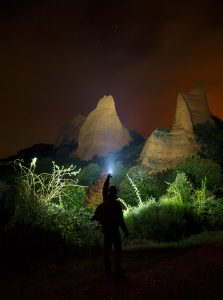
Search and Rescue Operations
Cool white light typically has a longer throw distance compared to warm white light. This means that it can illuminate objects at greater distances, which is advantageous in search and rescue scenarios where covering large areas quickly is essential. Search teams can use cool white light to scan vast expanses of wilderness or navigate through dense vegetation, increasing the likelihood of locating individuals in need of assistance.
When To Use Warm White Light
In contrast to cool white light, warm white light exudes a softer, more inviting glow reminiscent of candlelight. Headlamps featuring warm white LEDs are favored in scenarios where comfort, relaxation, and ambiance take precedence over sheer brightness.
Campsite Activities
Whether cooking a meal, playing games, or simply unwinding after a day of adventure, warm white light enhances the cozy atmosphere of campsite gatherings. Its gentle illumination is easy on the eyes and creates a welcoming environment for socializing and bonding with fellow campers. After a long day of outdoor pursuits, winding down with a good book or journaling by the glow of a warm white headlamp is a comforting ritual for many outdoor enthusiasts. The subdued light minimizes glare and promotes relaxation, making it ideal for bedtime reading or reflecting on the day’s experiences.
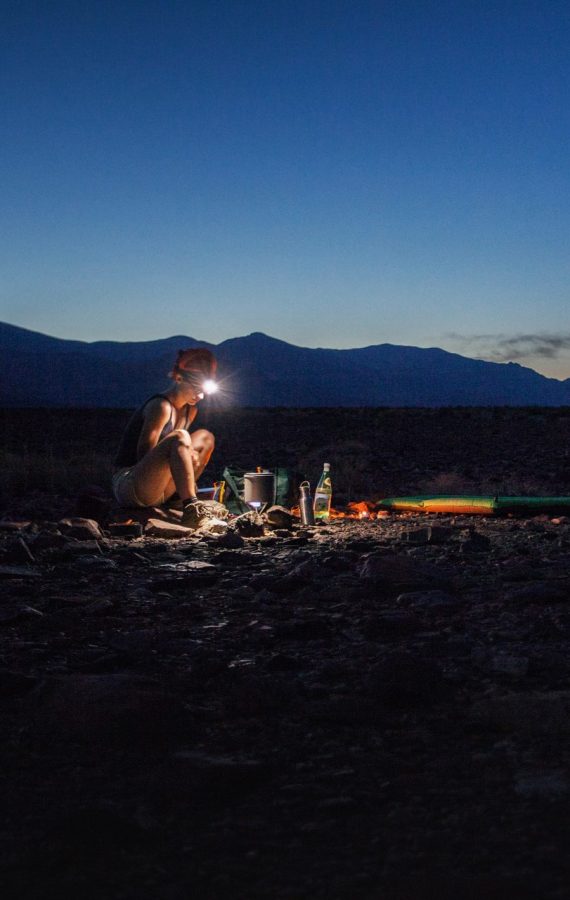

Rough Weather Conditions
In rainy conditions, water droplets in the air can scatter and refract light, leading to increased glare and reflection. Warm light, with its softer and gentler illumination, tends to create less glare compared to cool white light. This means that in rainy weather, warm light is less likely to bounce off water droplets or reflective surfaces, resulting in better visibility and reduced strain on the eyes. In rough weather conditions where visibility is already compromised, the increased contrast provided by warm light can help individuals better distinguish between objects, thus improving depth perception and spatial awareness.
Construction Or HVAC Jobs
Warm white light is indispensable in indoor environments and specialized professions like construction and HVAC (Heating, Ventilation, and Air Conditioning). In these job environments, workers often spend long hours indoors and perform tasks that require precision and attention to detail. The softer, more natural hue of warm white light enhances comfort during extended work periods, while its superior color rendering capabilities and reduced glare and reflection make it an invaluable tool for tasks such as matching paint colors, identifying wiring configurations, or troubleshooting equipment components.
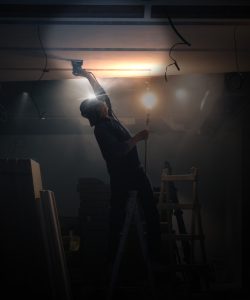
Why You Want A Headlamp That Includes Both
Recognizing the diverse needs of outdoor enthusiasts, many modern headlamps now come equipped with both cool white and warm white LEDs, offering the versatility to adapt to changing conditions and preferences.
Dynamic Adjustment
Some headlamps feature adjustable color temperature settings, allowing users to switch between cool white and warm white light modes with ease. This flexibility empowers outdoor adventurers to tailor their lighting experience to suit the task at hand, whether it’s navigating rugged terrain or enjoying a peaceful evening under the stars.
Battery Conservation
By selecting the appropriate lighting mode based on the activity and lighting conditions, users can optimize battery life and prolong the runtime of their headlamps. Warm white light, in particular, consumes less power than cool white light, making it a practical choice for extended outdoor adventures where battery conservation is crucial.
Red Light On Headlamps
In addition to cool white and warm white lights, many headlamps also feature a red light mode. While not as commonly used as cool and warm white lights, red light serves a specialized purpose in specific outdoor scenarios.
Preserving Night Vision
One of the primary advantages of red light is its ability to preserve night vision. Unlike white light, which can cause the pupils to contract and diminish night vision, red light has minimal impact on the eyes' adaptation to darkness. This makes it ideal for activities where maintaining optimal night vision is essential, such as stargazing, wildlife observation, or navigating unfamiliar terrain in low-light conditions.
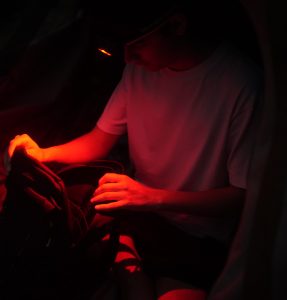
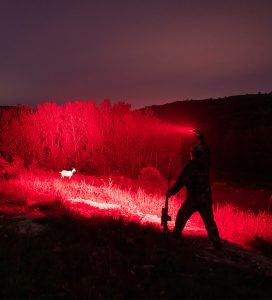
Minimizing Disturbance
Red light is less disruptive to both human observers and nocturnal wildlife compared to white light. Its subdued glow minimizes the risk of startling animals or disrupting their natural behaviors, making it a preferred choice for wildlife photographers, researchers, and outdoor enthusiasts seeking to observe nocturnal creatures without causing undue disturbance.
Emergency Signaling
In emergency situations where signaling for help is necessary, red light can be used to attract attention without compromising night vision or alerting potential threats. Its distinct color stands out against the darkness without drawing unwanted attention from predators or adversaries.

Recap
In conclusion, the inclusion of both cool white and warm white lights in modern headlamp designs reflects a thoughtful consideration of the diverse needs and preferences of outdoor enthusiasts. Whether illuminating the path ahead on a moonlit hike or creating a cozy ambiance at the campsite, each type of light serves a distinct purpose, enhancing both safety and enjoyment in the great outdoors. With adaptive lighting technologies offering versatility and convenience, adventurers can embark on their outdoor pursuits with confidence, knowing that they have the right light for every adventure. If you’re looking for your own headlamp, check out our selection here!


One thought on “Why Do You Need A Headlamp With Both Cool And Warm White Light?”
-
Pingback: Flashlight Beam 101: Anatomy Of A Flashlight
Leave a Reply